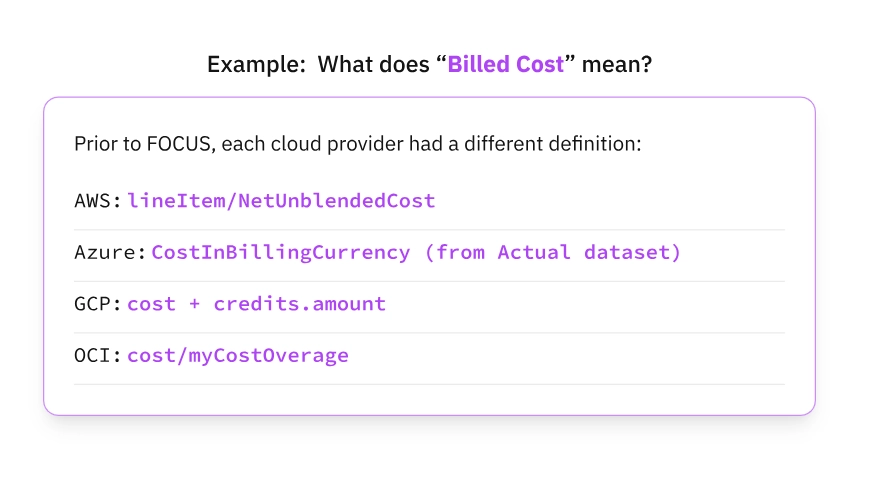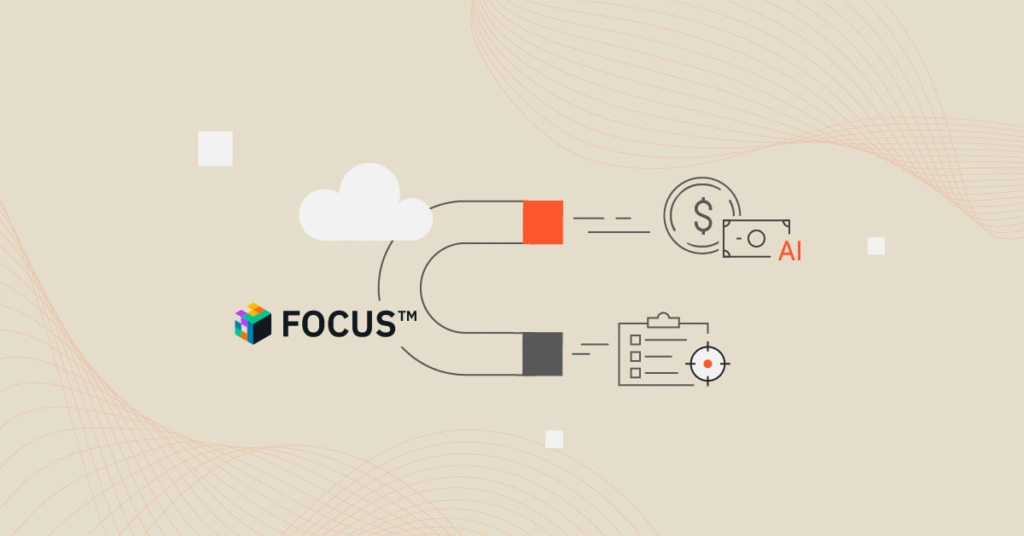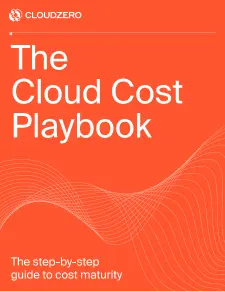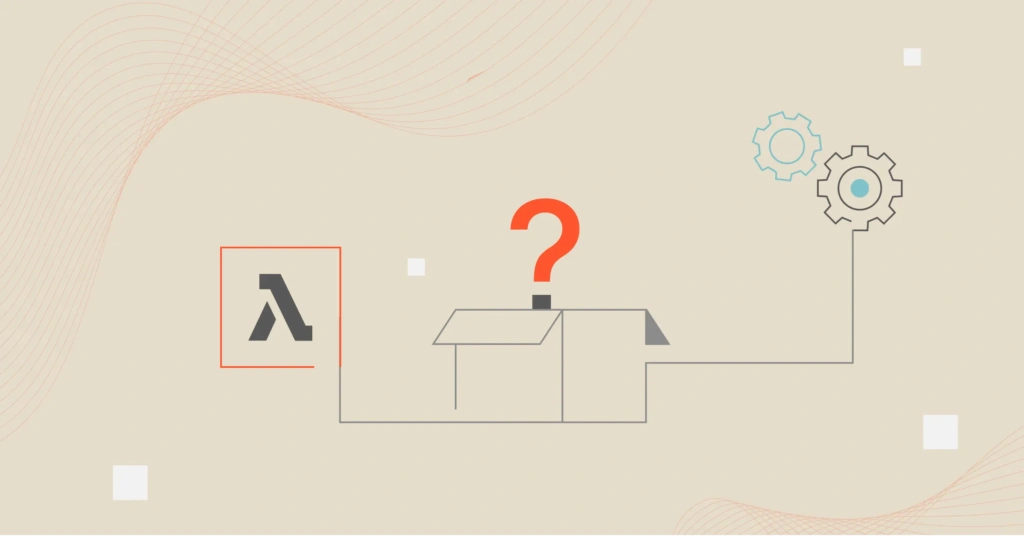SaaS, AI, and technology spending today looks like a more intense version of how it was a decade ago when everyone first migrated to the cloud. The mentality was and, at some companies, still is to build build build and worry about controlling expenditures and optimizing costs later.
We’re seeing astronomical amounts of money being raised by brand-new AI businesses that barely even existed a couple of years ago. More than $145 billion has been raised for U.S. and Canadian startups in the first half of 2025, with a significant portion of that for AI-focused firms, according to Arion Research.
If your company has moved into the AI space, you know the problems unchecked spending can cause. One day you’re careening toward the release of the next game-changing tech, and then suddenly you realize your company is paying way more than is feasible to support the new, shiny AI product you’re developing.
You’d be surprised how many AI industry leaders — big names you’d recognize — are losing money (or are unaware if they are) on their biggest ventures. And, it’s all too easy for smaller companies with tighter budgets to fall into the same trap.
FinOps is the answer to the latest AI spending spree.
Adopting a FinOps mindset and culture is how you can make sure your company is scaling up in value, not just costs. The unit cost metrics you uncover (how much you’re spending on each customer, account, product, widget along with individual resource and team costs) will be your key to making better business decisions in the future.
Still, FinOps practitioners struggle with bringing together disparate (cloud, SaaS, AI, technology) billing data into a single pane of glass where everyone is using standardized language. CloudZero was ahead of its time with its AnyCost feature, enabling an extensible data model to showcase costs of any kind, yet the wider industry needed something to standardize on that was not proprietary.
FinOps is the answer to the latest AI spending spree… but until recently, FinOps still lacked a way to translate all billing data into one standardized language everyone can understand.
Enter the FinOps Open Cost and Usage Specification (FOCUS) project, or FOCUS.
FOCUS is an exciting project that will unite all the confusing cost data you receive every month on various cloud, SaaS, AI, technology, and other bills. As Director of Cloud Platform and FinOps at CloudZero and a FOCUS maintainer (I’ve been with the project since its early days, back in version 0.5 in 2023), here’s how I see FOCUS — alongside platforms like CloudZero — transforming the landscape of cloud cost optimization.
The Future: Language Standardization In Cloud Cost Billing
Every major technology provider — Amazon, Microsoft, Google, Oracle, and countless other SaaS, AI, technology, and service companies — produces detailed billing reports for their customers.
However, each one of these companies uses a different billing format. Think about how many different invoice formats your company processes.
As a customer, you’re left trying to decipher the total cost of certain projects, who or what is driving your primary costs, and which services are underused or inefficient for every single provider you use. It can become an overwhelming mess.
Too often, we see company leaders letting cost optimization slip through the cracks because it’s just too difficult to sort it all out and make sense of the disparate data.
This is where FOCUS comes into play. Simply put, FOCUS is a standardized, common data model that unites technology usage and cost information from different providers. FOCUS takes all those confusing, diverse datasets and boils them down into a normalized format and lexicon you can easily consume. Once all your cost and usage data is in an apples-to-apples format, you can dig in to discover who or what is responsible.
For instance, we’re defining terms like “Billed Cost.” Every cloud provider refers to this concept differently:

Though you won’t see “Billed Cost” listed on your AWS or Azure bill or cost data (today) — you’ll see one of the above terms instead — most everyone can understand and agree on its meaning when they see it. We refactor these definitions as they evolve so they stay clean and concise across different contexts. We’re also building validation systems that check the inputs from each provider and make sure the data and language aligns with our intent.
Cost standardization? Now you’re speaking our language
If you have any experience with CloudZero, you’ll understand why we’re continuing to champion the drive toward cost language standardization coupled with powerful allocation, analytics, and unit economic capabilities.
Our platform, with its flexible, extensible data model is very similar to FOCUS. Our Cofounder, Erik Peterson, was really ahead of the curve when he envisioned and developed an easy way to normalize cloud costs and display them in a way that makes sense in different business contexts. As mentioned previously, this is the AnyCost feature within CloudZero.
We love cost standardization because it works
I have discussed with countless people along with reading their P&Ls and found there is a very common theme that hyper-growth companies follow: they are laser focused on growth and revenue, and, until either of these slow, they do not scrutinize their costs closely. Macro-level revenue looks great, so why dig deeper and spend the time on a detailed cost analysis?
However, every growth trajectory eventually reaches a plateau. You can’t maintain exponential acceleration year over year. And if you haven’t begun to understand your costs, let along developed metrics and KPI’s, you’re going to be in for a tough time when growth slows and your costs catch up fast.
My philosophy is that you should understand your costs first and develop KPI’s as soon as possible in your growth and development cycle. Being proactive gives you the time to thoroughly look at your data and analyze what’s driving your costs and revenue. Then, when that plateau hits, you’ll know how to recognize “good spend” versus “bad spend” and you can optimize quickly.
Better still, you’ll be well-positioned to pivot toward the practices that resulted in “good spend,” which could actually keep your growth phase going strong for longer.
That’s why we’re thrilled to be working closely with FOCUS contributors to bring the next generation of cost standardization to the mainstream.
FOCUS is on a gradual roll-out schedule
Over the past couple of years, as we’ve moved from FOCUS version 0.5 to 1.2, we’ve learned a tremendous amount. We’re taking everything we’ve learned and continuously refining a common vocabulary that should make sense to vendors, providers, practitioners, and everyone else within the organization.
As a FOCUS maintainer, much of my work involves trying to get the language to accurately reflect the complex concepts we work with every day. Getting the wording and definitions just right is important so that all FOCUS adopters can be on the same page once the data model becomes more widely adopted.

FOCUS will never be a static data model. Just as you have to continuously iterate and improve on your organization’s FinOps practices, we’ll keep honing and refining FOCUS over time.
Beyond the technicalities, bringing FOCUS to mainstream usage will be a long-term project in itself.
FOCUS developers have to influence both service providers (where the data is generated) and consumers to adopt and migrate to this new common standard. This will take time and sustained effort.
Once providers and users start to see the benefits of normalizing cost language in their bottom lines, we expect FOCUS to take off.
FOCUS Is An Exciting Next Step — But It’s Not All
At CloudZero, we refer to FOCUS as a step up in maturity.
This isn’t about the “crawl, walk, run” maturity model companies follow during their FinOps journeys. Rather, we think FOCUS represents the “next big thing” in the overall evolution of effective cloud cost optimization strategies. We plan to extend our platform’s capabilities to support FOCUS when the model is ready for wider adoption — so stay tuned for updates in the future.
But you don’t need to wait for the next version of FOCUS to start standardizing your different provider costs and getting your spending under control.









